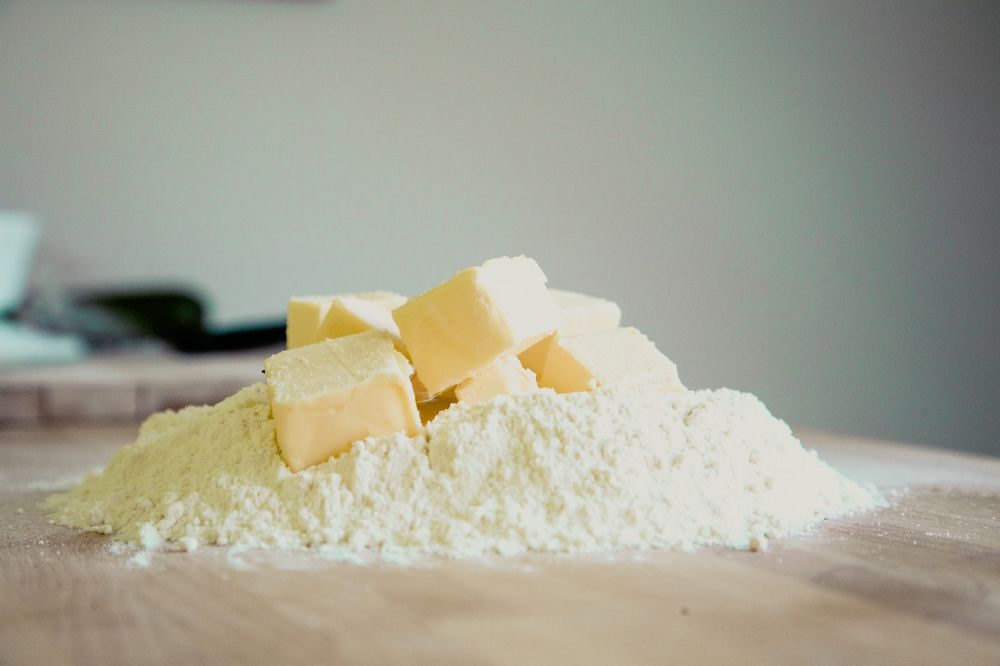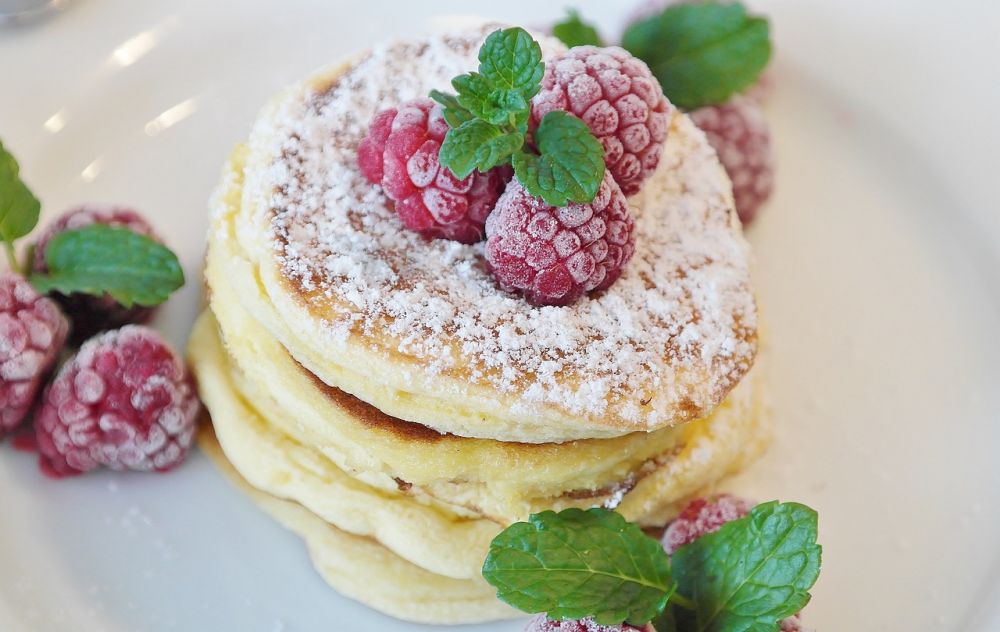Bake Bread: A Comprehensive Guide to the Art of Bread Making

Introduction:
Baking bread is an ancient culinary tradition that has been passed down through generations. The process of baking bread involves combining simple ingredients such as flour, water, yeast, and salt to create a delicious and aromatic loaf. In this article, we will explore the art of bread making, discussing the various types of bread, popular recipes, quantitative measurements, differences between bread types, and a historical overview of the advantages and disadvantages of different baking methods.
1. An in-depth overview of baking bread:

Baking bread is a skill that requires patience, precision, and a basic understanding of the science behind bread making. The process involves activating yeast, which ferments the dough and produces carbon dioxide, causing the bread to rise. Kneading the dough develops gluten, giving the bread structure and elasticity. Baking the dough at a high temperature creates a golden crust, while steam in the oven creates a soft interior.
2. Types of bread and popular recipes:
There is an extensive variety of bread available worldwide, each with its unique flavor, texture, and cultural significance. Some popular types include:
– Sourdoug This bread is made from a naturally fermented mixture of flour and water, which creates a distinct tangy flavor. Sourdough requires a longer fermentation process but offers numerous health benefits and a chewy texture.
– Whole wheat: Using whole wheat flour instead of refined flour adds nutritional value and a hearty flavor to the bread. Whole wheat bread is an excellent choice for those looking for a healthier option.
– Baguette: A staple in French cuisine, the baguette is a long, thin loaf with a crispy crust and soft interior. Its simple ingredients and delicate flavor make it a versatile choice for various culinary combinations.
3. Quantitative measurements in bread baking:
The success of bread making often depends on accurately measuring ingredients. Bakers rely on specific measurements to achieve the desired texture and consistency of the dough. Common measurements in bread baking include weights (grams) and volumes (cups or tablespoons). Using a kitchen scale and measuring spoons ensures consistent results, especially when following recipes.
4. Differences between various types of bread:
Different types of bread vary in their ingredients, flavor profile, and baking techniques. For example, while sourdough bread relies solely on wild yeast and lactic acid bacteria, commercial yeast is used in most other bread recipes. Whole wheat bread offers a denser and nuttier taste compared to white bread, which is lighter and softer. Exploring the differences between types of bread allows individuals to find their preferred flavors and textures.
5. Historical overview of the advantages and disadvantages of different baking methods:
Throughout history, different baking methods have emerged, each with its advantages and disadvantages. For example, traditional stone ovens provided even heat distribution, resulting in a crispy crust, but they required large amounts of wood for fuel. Modern electric or gas ovens offer convenience and precise temperature control, but the lack of steam may result in a harder crust. Understanding the historical context of bread baking provides a deeper appreciation for the evolution of techniques and their impact on the final product.
In conclusion, baking bread is an art form that has stood the test of time. The process encompasses various techniques, ingredients, and cultural significance. By exploring the different types of bread, learning about quantitative measurements, and understanding the historical context, individuals can enhance their bread-making skills and create delicious loaves to enjoy with family and friends. So roll up your sleeves, gather your ingredients, and embark on a fulfilling journey into the world of bread baking.





